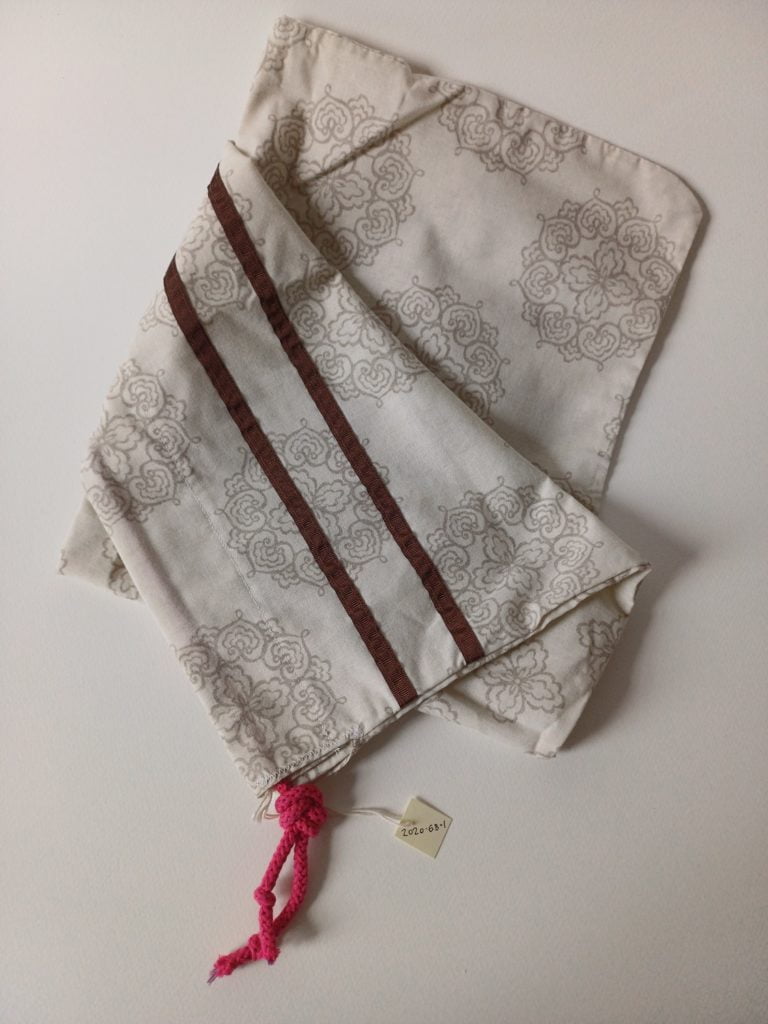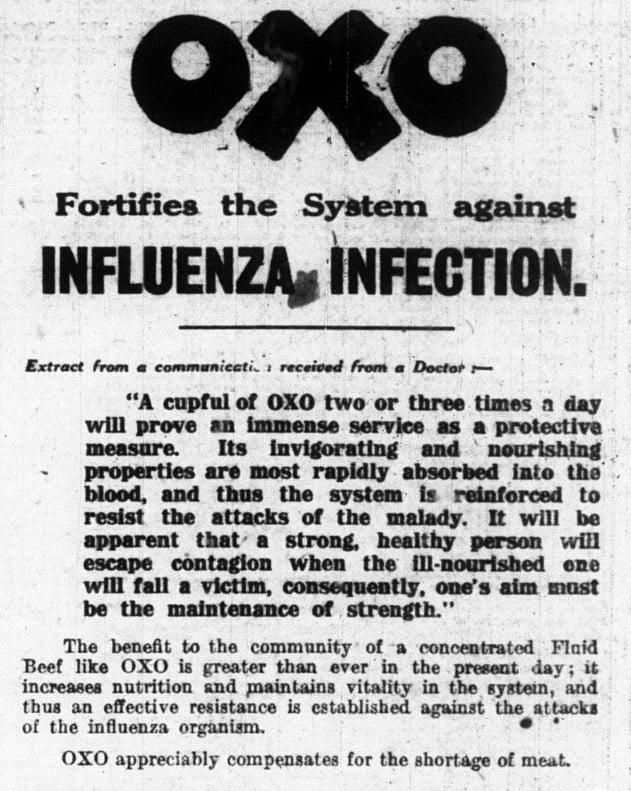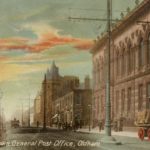As part of our celebration of 175 years of the borough of Oldham we will be sharing a series of guest blogs linked to items on display in our exhibition. These objects have been selected by staff, councillors, friends of Gallery Oldham and members of the public. This week Cynan Orton, our Local Studies and Archive apprentice shares their choice of objects featured in the exhibition.
You might think of archives as a place exclusively for documents from years ago, but collecting contemporary objects is one of the most important parts of archival work. History is happening all the time, and recording modern events is just as important as preserving the past. One of the best recent examples of this is our large collection of lockdown materials which we accepted during the pandemic.
During the covid lockdowns we opened up an online form that allowed members of the public to submit images of their lives and crafts alongside captions to our collection. This led to over 400 images being submitted that now form just one part of our lockdown collections. All coming together to form a lively collection recording memories of bread making, home-made craft projects, and children excited to finally return to school.

Alongside these donations we’ve also made sure to collect objects via our normal donation process both during and in the years following the end of lockdown. We now have NHS pamphlets covering vaccine programs, artworks acquired from the Oldham Open, newspaper cuttings, and other pieces of ephemera. This gives us a physical record that can work alongside the digital one produced by our lockdown museum, granting a full picture of a moment in history that is already starting to feel like a distant memory.

Together this gives us a very thorough account of what it was like living through the pandemic. Thanks to this work future researchers, historians, and anyone curious about the past will be able to learn about this moment that shook the whole country.

Perhaps the closest parallel to this event in our archives is the influenza epidemic that spread worldwide in the final years of the First World War. Despite arriving at such a momentous moment in history, collections about the flu are sparse in comparison to our documents about the surrounding wars and our modern lockdowns.

“Last week the toll from influenza in the borough was very heavy, 67 deaths occurring from the disease. The Death rate for the week was 49.3, and the death rate from influenza was 24.6, practically half the total. During the previous week 27 deaths were attributed to the disease. The schools in the borough are to be closed during the week, the schools at Chadderton are closed for another week, and the less schools are closed for a fortnight.”
We have a poster of funeral prices, a small collections of letters offering condolences, and a selection of newspaper cutting about the flu from the time. Fortunately, there is lots out there in other archives about the 1918 pandemic, but our own local knowledge is unfortunately thin. It goes to show how even events that shake an entire community can still be lost to history, overshadowed as it was by front page news of the armistice agreement that ended the First World War.

This is why it’s so important that archives work proactively to make a record of the world around them, because you never know what huge story might go untold. So, if you have documents, files, or objects relevant to the Oldham area perhaps consider donating them to your local archive. We won’t be able to accept them immediately due to our current store move, but we estimate that our new site at spindles will have enough room for years of history yet to come.
Find out more about the One Seven Five exhibition from our Exhibition webpage.



